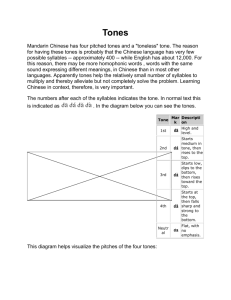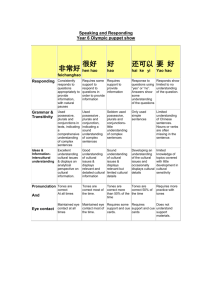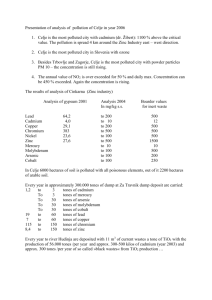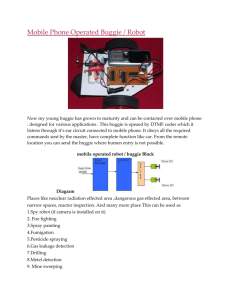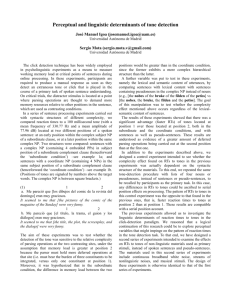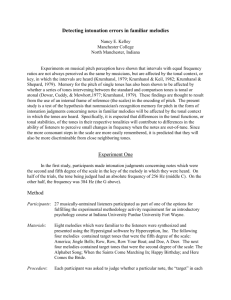Plant Genetics Lecture Notes: Mendel, DNA, Biotechnology
advertisement
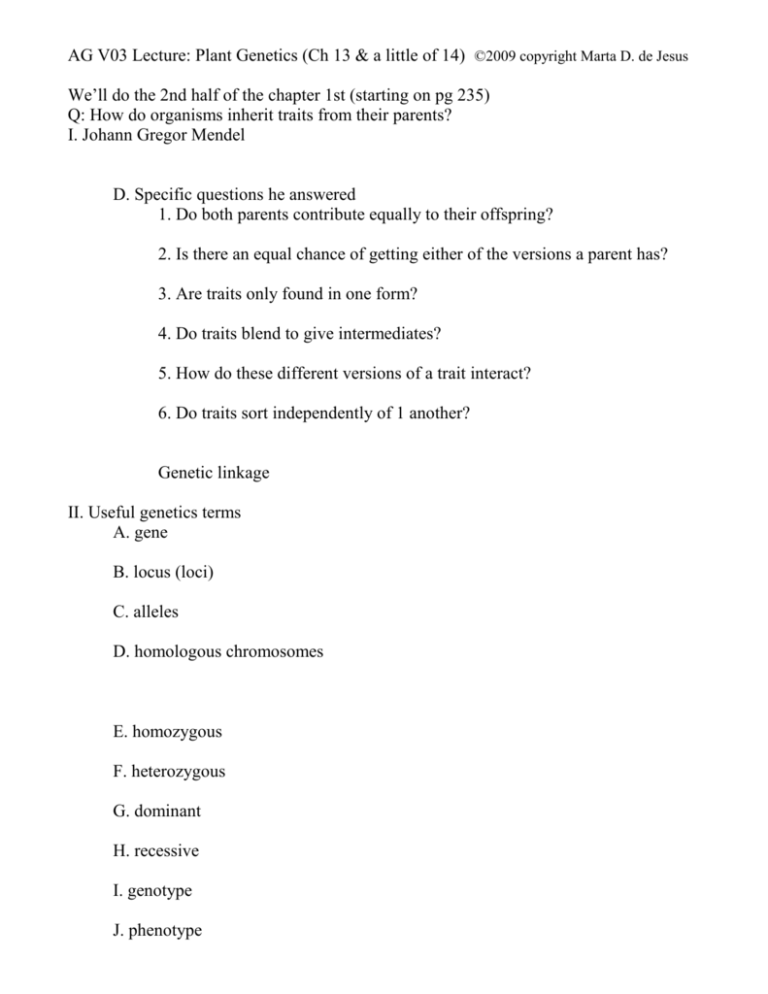
AG V03 Lecture: Plant Genetics (Ch 13 & a little of 14) ©2009 copyright Marta D. de Jesus We’ll do the 2nd half of the chapter 1st (starting on pg 235) Q: How do organisms inherit traits from their parents? I. Johann Gregor Mendel D. Specific questions he answered 1. Do both parents contribute equally to their offspring? 2. Is there an equal chance of getting either of the versions a parent has? 3. Are traits only found in one form? 4. Do traits blend to give intermediates? 5. How do these different versions of a trait interact? 6. Do traits sort independently of 1 another? Genetic linkage II. Useful genetics terms A. gene B. locus (loci) C. alleles D. homologous chromosomes E. homozygous F. heterozygous G. dominant H. recessive I. genotype J. phenotype III. How do we figure out these patterns? A. Punnett Squares 1. left side 2. top side B. Monohybrid Cross C. Dihybrid Cross IV. Type of traits A. dominant vs. recessive B. pleiotropic C. polygenic D. incompletely dominant E. codominant = multiple alleles F. linked traits G. quantitative traits H. maternally inherited V. Hardy-Weinberg Law VI. Why the concern about plant breeding? A. Feeds the world from ancient times until now Top Fruits and Vegetables World's Leading Produce Crops May Surprise You © Daniel Workman Sep 21, 2007 Food and Agriculture Organization of the United Nations reports the top 10 fruit and vegetable products by weight in 2005. Not all fruits and vegetables on our lists below make great exports or imports. The reason? Some of these products have comparatively short shelf lives, and would spoil during long trans-Atlantic delivery routes. Also, the cost of shipping vast quantities of the heavier fruits and vegetables would be prohibitive. Still it's interesting to consider the leading food crops from around the world. Top 10 Fruit Crops Tomatoes ... 124.7 million tonnes (production, 2005) Watermelons ... 95.3 million tones Bananas ... 72.4 million tones Grapes ... 66.5 million tones Apples ... 63.5 million tones Oranges ... 59.9 million tones Coconuts ... 55 million tones Plantains ... 33.4 million tones Cantaloupes & other melons ... 28.3 million tones Mangoes ... 28 million tonnes Top 10 Vegetable Crops Sugar cane ... 1.3 billion tonnes (production, 2005) Potatoes ... 322 million tones Sugar beets ... 242 million tones Soybeans ... 209.5 million tones Sweet potatoes ... 129.9 million tones Cabbages ... 69.5 million tones Dry onions ... 57.6 million tones Cucumbers & pickles ... 41.7 million tones Yams ... 39.9 million tones Eggplants ... 30.5 million tones And yes, tomatoes are considered fruits and technically sugar cane is a vegetable. Agricultural Biosecurity isssues: http://www.apsnet.org/online/feature/BioSecurity/ B. heterosis/hybrid vigor C. polyploidy (Ch 14 has more info on breeding and propagation) **************** VII. So what’s a gene really? VIII. Central Theory/Tenet/Dogma of Molecular Biology A. DNA DNA replication B. RNAs transcription C. polypeptides/proteins translation * be sure to know where each event occurs inside the cell D. DNA structure nucleotides E. RNA structure nucleotides IX. How are these used by the cell? A. DNA replication hydrogen bonds are temporarily broken template base-pairing rules DNA polymerase order of the nucleotides mutation somatic germline transposition transposons/jumping genes B. RNA transcription RNA polymerase 3 kinds of RNA messenger RNA transfer RNA ribosomal RNA C. Protein translation What are the DNA & RNA saying? Universal genetic code AUG need Initiation Elongation Termination X. So what’s Biotechnology? Just a little (see Ch 14 for more details) A. using organisms 1. agriculture 2. fermentation B. new versions 1. genetic engineering 2. PCR 3. cloning C. Why? some examples in plants

